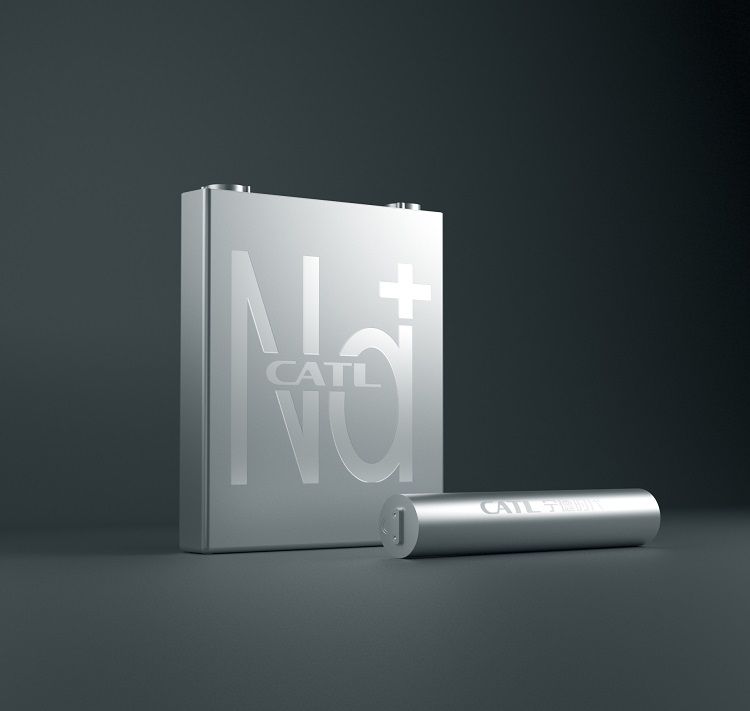The future of energy storage is getting better. Welcome salt batteries! cheaper & more abundant than lithium!
It is claimed to have an energy density of up to 160 Wh/kg, which is a far cry from the density offered by lithium batteries of up to 285 Wh/kg, but is nothing to sneeze at in the world of sodium batteries. It can also be charged to 80 percent capacity in 15 minutes at room temperature, and maintain 90 percent of its capacity in temperatures of-20 °C (−4 °F).
A cheap and abundant material like salt might have plenty to offer the world of science, and one field where it could have game-changing effects is battery chemistry. Leveraging salt could help us avoid much of the cost and difficulty in sourcing scarcer lithium, and Chinese giant CATL is looking to lead the charge by launching its first commercial sodium-ion battery.
Like lithium batteries that power smartphones, laptops and much of the modern world, sodium batteries also shuttle ions between two electrodes as the device is charged and discharged. But sodium ions present a few problems that lithium ions don’t. The ions are larger in size and are prone to creating impurities that can cut the battery life short. In addition, they don’t offer anywhere near the energy density of tried and trusted lithium.
Researchers have put forward some promising solutions to these problems of late. Some have leant on extra salt to make the batteries go the distance, some have incorporated thin layers of copper to boost their performance, and others have managed to pack high energy densities into the industry standard 18650 format.
